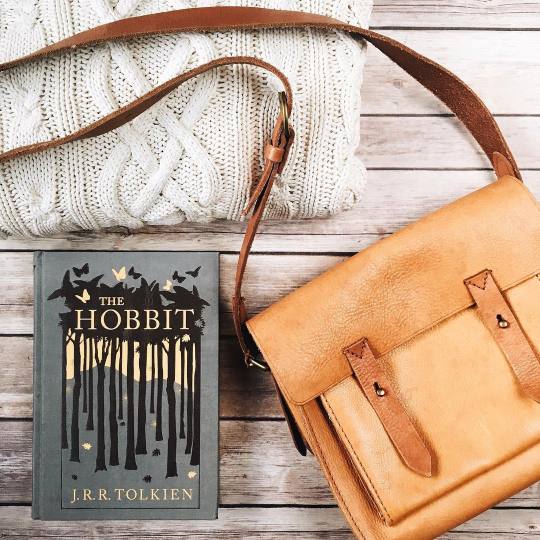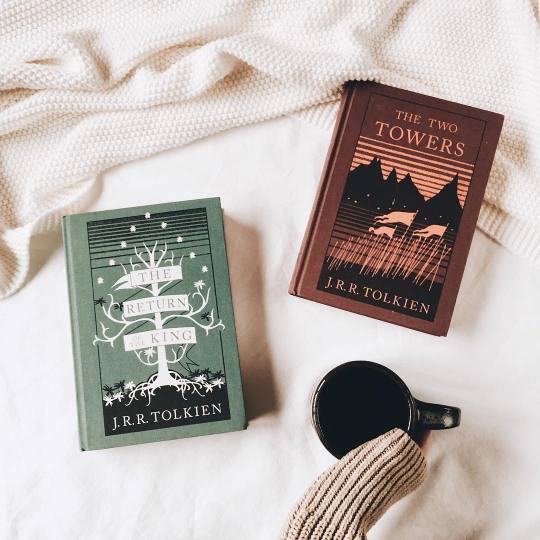Don't wanna be here? Send us removal request.
Photo

“My name is Nikolai Lantsov, Major of the Twenty-Second Regiment, Soldier of the King’s Army, Grand Duke of Udova, and second son to His Most Royal Majesty, King Alexander the Third, Ruler of the Double Eagle Throne, may his life and reign be long.”
Siege and Storm, by Leigh Bardugo
521 notes
·
View notes
Photo
They’re both healers who basically exist to be love interests so they are essentially the same person to her


so these two characters (the second is sorscha according to sjms pinterest) we originally thought to be black are now 1) white and 2) look exactly the same in every way, apparently
37 notes
·
View notes
Text
I just wanna mention that Rhys literally gets praise for not abusing Feyre. Not for treating her like a queen, not even for treating her with basic decency, but for not actively hurting her. (Which he did at one point but doesn’t even get a slap on the wrist for it because SJM decided it was no biggie and for Feyre’s own good.)
That’s literally a thing that happens in these books.
He’s painted as a feminist icon for allowing Feyre to have bodily autonomy. The implication is that he, as a man, could do the “natural” thing and control her, but since he’s so pure and good and better than anyone else, he chooses not to out of the goodness of his heart.
That’s the implication.
SJM purposefully created a misogynistic culture, and instead of showing female character rising up to destroy it, she demonized female characters who did (the queens), then created a male character and let him give out power to women of his choice (supposedly) and then portrayed him as the feminist icon for vaguely and sometimes treating women like people.
She created a misogynist society that abused women so a man could look feminist for not abusing women.
Just a friendly reminder.
238 notes
·
View notes
Text
Your Fave is Problematic Pt. 14: When Magical Girls Are Mammified
Fair warning this post is critical of Sarah J. Maas’ writing choices.
When writers of fiction and television are praised for their diversity, what people usually mean is that they have a character of color that exists. They have done the bare minimum. But the problem is that in doing this, many well-meaning authors do characters of color and their readers a great disservice. In works of fiction all too often characters of color that exist, exist only in relation to the white protagonist. They exist to provide comic relief. They exist to convey information. They exist to die or be tortured to further a protagonist’s character development and teach a lesson. However, they are not often whole characters in their own right. In YA there are many examples of bad representation, many of which can be found in Throne of Glass and The Mortal Instruments series.
Bad representation reinforces negative stereotypes for both the individuals the stereotypes are about and their counterparts. The absence of any form of representation sends the message that marginalized groups of people are unimportant or entirely set apart from society. (Tuchman) Despite their ability to imagine worlds with angels, demons and dragons it appears that it’s next to impossible for most authors to imagine a world where people of color are well-rounded, three-dimensional people, who exist outside of their ability to serve. Nehemia Ytger of the Throne of Glass series is a classic example.
Nehemia Ytger is a rebel princess fiercely devoted to her people. Her country follows the birth order rule in succession, but seems to ignore gender in this respect. When her father died Nehemia would have taken the throne and ruled. She’s a princess, who has from a very young age felt the weight of the responsibilities to her people. She’s kind, empathetic, cunning, and capable of being very calculating. She uses the stereotypes Adarlanian people have about her Ellwye descent against them, feigning not understanding the language to gather information. She saves Celaena’s life more than once throughout the first book. Nehemia’s bravery and devotion has made her beloved by her people. And it’s that devotion and her profound hope for a better world that is what costs her, her life. At least according to the narrative.
Our heroine, Celaena Sardothien is the chosen one. She’s the lost heir of the long conquered land of Terresan. She’s endowed with incredible power by her bloodline. She’s the only one who can save the continent from the tyrannical king. As the ghost of the departed Queen Elena tells her in the first book, “You could rattle the stars,” she whispered. “You could do anything, if you only dared. And deep down, you know it, too. That’s what scares you most.” (Throne of Glass 633)
Celaena understands that the king is evil. Under his rule magic and any mention of it has been banned. Because of this people have started dying without access to it’s sometimes medical properties. On the king’s orders entire countries have been conquered, people have been enslaved, and anyone with the smallest drop of magical blood risks persecution. And despite not being loyal to him, Celaena doesn’t want to act because she feels there’s no hope. But according to Nehemia, according to Elena, according to everyone who comes into contact with our reluctant hero, Celaena could change the world for the better, she just needs a push.
Actually, she needs to be broken. After Celaena refuses to help Nehemia challenge the king and help to free her country, this conversation between Princess Nehemia and the ghost of Queen Elena takes place.
“One of them has to break,” the queen said to the princess. “Only then can it begin.”
“I know,” the princess said softly. “But the prince isn’t ready. It has to be her.”
“Then do you understand what I am asking of you?”
The princess looked up… When she looked back at the ancient queen, her eyes were bright. “Yes.”
“Then do what needs to be done.” (Crown of Midnight 340)
What needs to be done and what happens is that Nehemia orchestrates her own brutal murder to spur her friend into action. Nehemia Ytger’s terrible storyline is a hybrid of two equally offensive tropes: 1) the magical negro 2) the mammy. The mammy archetype goes back to at least the 1800s, but unfortunately, unlike corsets and muskets, the trope has much more staying power. The premise is pretty simple you have a woman, a black woman who is resigned to a lifetime or enslavement, if the time period permits, or general servitude. These figures are often docile, obese, and sexless. (Graboski 9) Not all the cliches usually found in the mammy trope are found with Nehemia, but ultimately she exists to serve. As sociologist Patricia Hill Collins would describe a mammy figure, “the faithful, obedient domestic servant…loving, nurturing and caring for her white children…[she] knows her ‘place as an obedient servant. She has accepted her subordination.” (Graboski 9) In the case of Nehemia before we meet her, we will learn that Nehemia has resigned herself to self-sacrificing subordination. She exists to bleed for everyone around her and is more than willing to do it. She’s Celaena’s friend, she’s a dutiful daughter, she’s a confidant for Prince Dorian. In true mammy fashion, this comes at her own expense. (Fontaine 39) Heroes sacrifice and in the end, they are rewarded for those sacrifices, but Nehemia’s story ends before she can ever be anything just for herself.
Nehemia also falls into the magical negro trope. In the first book, the audience learns she and her entire family can wield magic. This fact is revealed after she saves Celaena from a demonic creature in the first book. At the end of the story the audience learns that Nehemia has been using her powers throughout the duration of the competition Celaena’s competing in to save her from various magical threats. In the 2nd book of the series she relays some of her magical knowledge. What little is seen of Nehemia’s abilities is seen only in service of Celaena. She’s not her own character, but a plot in Celaena’s story.
Nehemia was a 19-year-old girl with a family that loved her and a country that depended on her and yet in the last time we see her alive in the books her only concern over her impending death is how Celaena will react. Despite the fact that Nehemia is a character with characteristics beyond comic relief, with all her potential she exists for Celaena’s character development. And ultimately as all this accomplishes is sending Celaena into a horrible depression, this death feels incredibly senseless. Nehemia’s death makes Celaena resolve to free Ellwye, but what causes her to reclaim her identity and title is facing her past and forgiving herself for surviving when the people she loved did not. Did Nehemia Ytger truly have to die for this to happen?
The narrative will insist that the answer was yes. Through the flashbacks that take place in the most recent book it’s revealed that Nehemia knew that she would likely die in Adarlan, but was encouraged to go anyway not even knowing if her actions would save her people. During Nehemia’s first meeting with the ghost of Queen Elena she asks the queen in what way must she bleed to save her people. Elena replies that only her bloodline will bleed.
This statement is untrue, Nehemia bled and to no avail. Her people end up bleeding too, once again to further along Celaena’s story. In the fifth book Celaena’s evil aunt Maeve decides to send Celaena a message by burning down dozens of villages in Ellwye. She makes sure that the survivors believe Celaena to be responsible for their suffering. This is done for added drama and to cause Celaena more pain. The focus is on Celaena’s pain, Celaena’s guilt, Celaena’s worry that Nehemia’s people and parents will believe she attacked their kingdom. Never once do we learn any of the villagers names or what became of them post-fire. Half of the predominantly black and brown country was burned to further Celaena’s story. Torturing and murdering characters of color to teach white characters lessons is a default writing choice for Sarah J. Maas.
Nehemia Ytger’s role in the story was to be a martyr, to be a sacrificial lamb. It’s deeply troubling that one of the few prominent women of color in this series who wanted so desperately to change the world decided upon calculation and a dead queen’s urging that only way to make the world better was for her to no longer be in it. It’s troubling and an oversight. From all appearances, Nehemia is the most qualified person to rule. She has a strong sense of fairness, is firm, clever, diplomatic, and has had the royal upbringing that would prepare her to lead. Celaena who, through no fault of here own, has grown up away from her kingdom does not. But she’s the chosen one so Nehemia was expendable.
544 notes
·
View notes
Photo
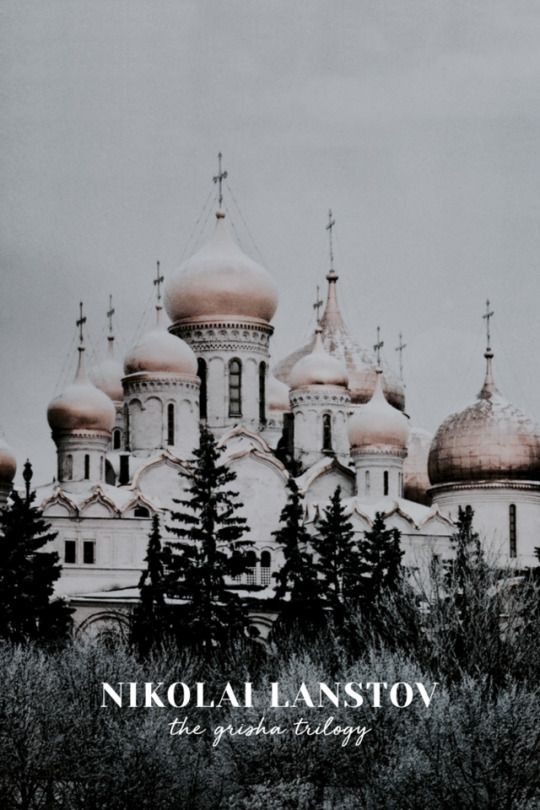
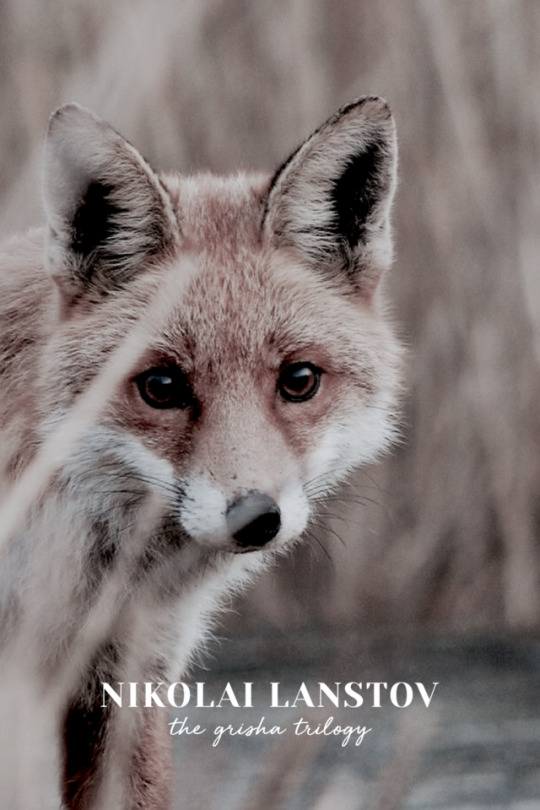

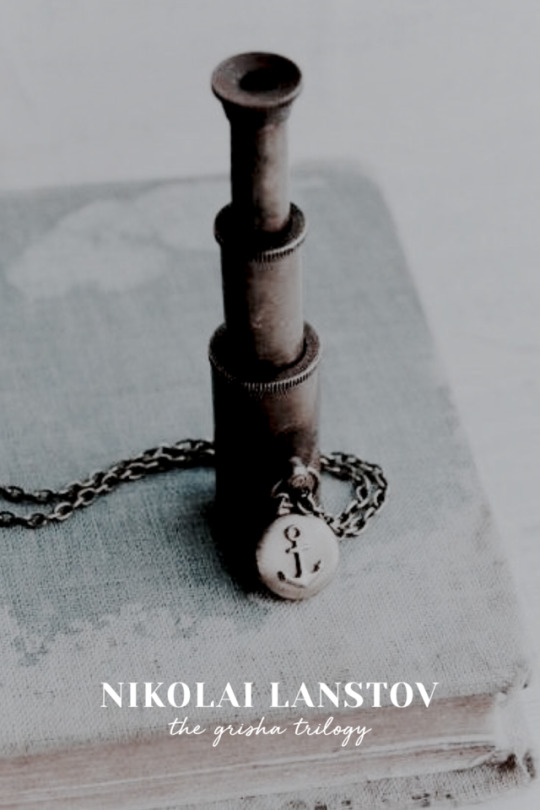
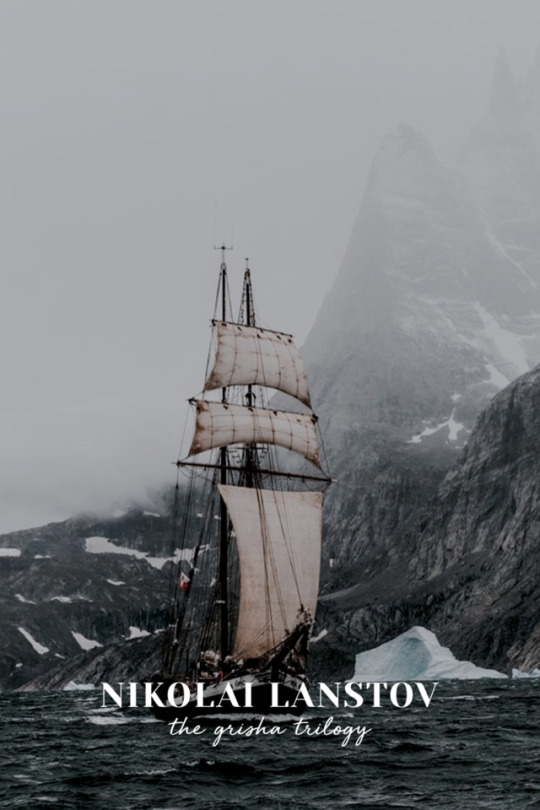
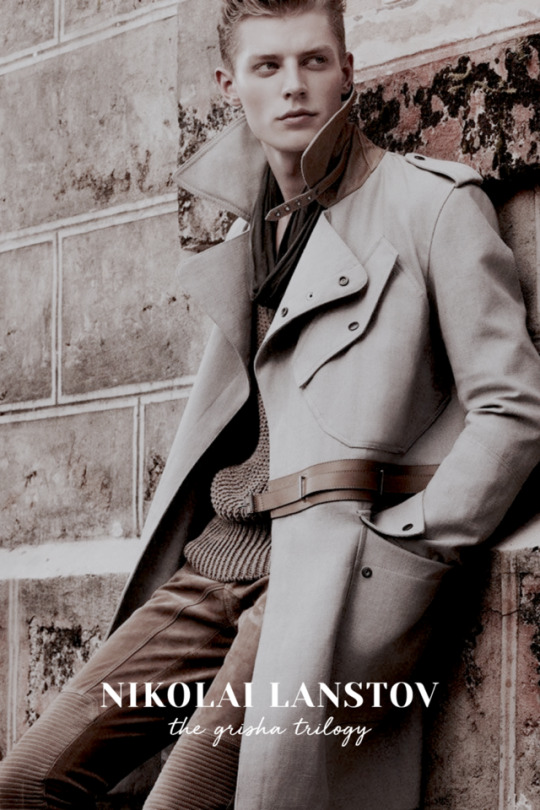
url edit → @nikolaiislantsov
not bad looking? he’s damnably handsome. brave in battle, smart as a whip. an excellent dancer. oh, and an even better shot.
3K notes
·
View notes
Photo
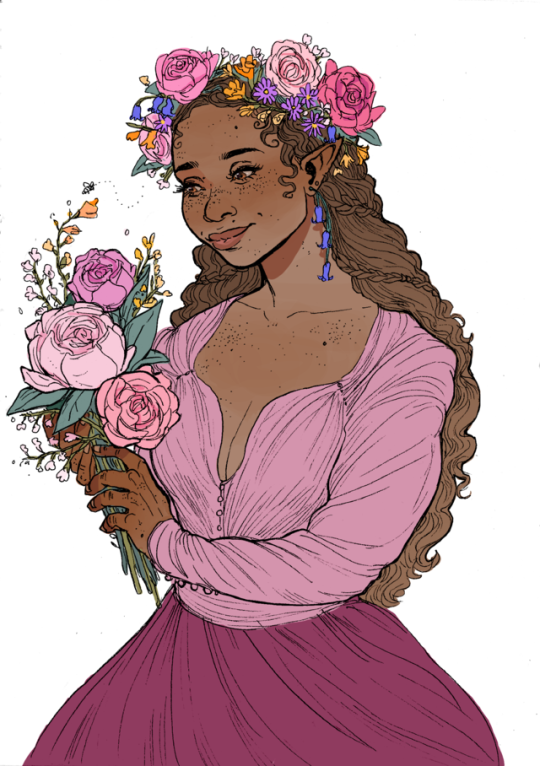

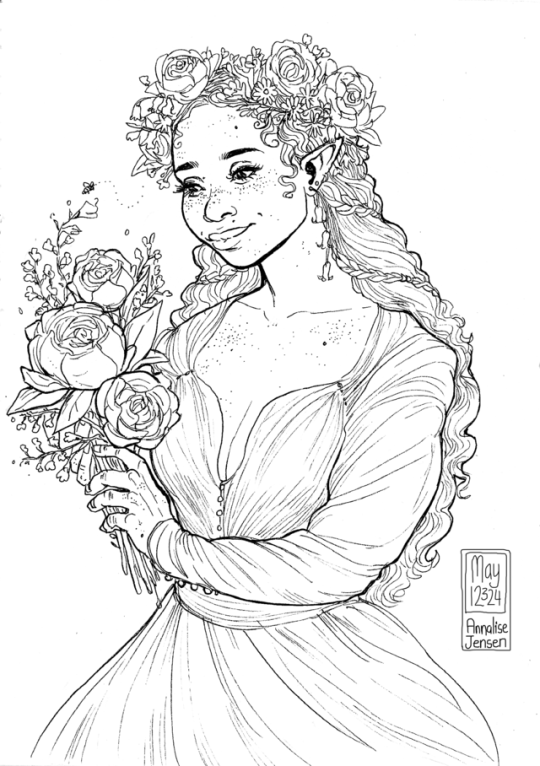
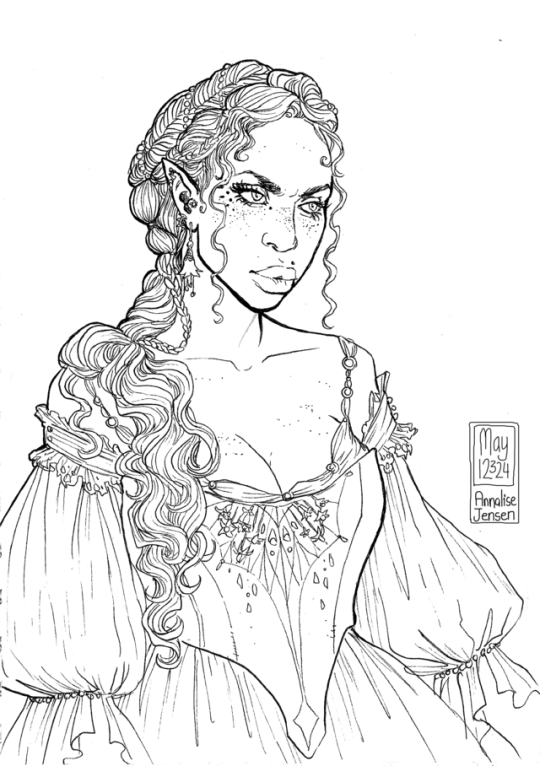
Elain and Nesta Archeron to go with my previous Feyre, drawn traditionally and coloured digitaly. Got some symbolic flowers thrown in there too ;) . I’m going to be making small prints of all three sisters and posting them on my etsy early next year. Elain was inspired by Angel Coulby, a literal angel 😇🌼❤.
2K notes
·
View notes
Photo

It’s because of this series my life was and still is filled with M A G I C ✨ .. These illustrated editions are absolutely gorgeous and i cannot wait to get my hands on #PrisonerofAzkaban 📚. .. Do you collect special editions of your favorite books? __ #harrypotterillustrated #hogwarts #magic #hogwartsexpress #jkrowling #jimkay (at Cairo, Egypt)
119 notes
·
View notes
Photo

RAISE YOUR HAND IF YOU’RE READY FOR MARCH 6TH AND THIS BOOK 🙋🙋🙋
–
CHILDREN OF BLOOD AND BONE by Tomi Adeyemi
Zélie Adebola remembers when the soil of Orïsha hummed with magic. Burners ignited flames, Tiders beckoned waves, and Zélie’s Reaper mother summoned forth souls.
But everything changed the night magic disappeared. Under the orders of a ruthless king, maji were killed, leaving Zélie without a mother and her people without hope.
Now Zélie has one chance to bring back magic and strike against the monarchy. With the help of a rogue princess, Zélie must outwit and outrun the crown prince, who is hell-bent on eradicating magic for good.
Danger lurks in Orïsha, where snow leoponaires prowl and vengeful spirits wait in the waters. Yet the greatest danger may be Zélie herself as she struggles to control her powers—and for her enemies.
114 notes
·
View notes
Photo

“I have always imagined that Paradise will be a kind of library.” ♡
1K notes
·
View notes
Photo

So happy that it’s finally the season for hot chocolate with whipped cream and mini marshmallows. I’m ready to get the perfect winterbody 💁🏻♂️ . These are some books I heard tons of good things about and I’m really looking forward to read them all soon 🙆🏻♂️✨
IG: romireads romireads.com
172 notes
·
View notes
Text
"redemption” arcs
Honestly, I’m fucking tired. I’m tired of ranting about abusive boyfriends in YA/NA. But I have to keep doing it because nobody seems to fucking listen or understand.
Even in books where they get “redemption arcs”, it’s still fucking abuse. Even if the girl forgives him, it’s still abuse. Even if he “had no choice” (why is this such a common fucking plot device), it’s still abuse.
Real life rarely gives abusers a “good reason”. In fact, I’d say it never gives them a “good reason”. But in fiction, y’all can point at Rhys and Warner and their ilk and go “he had no choice!” or “he did it for her best!” or “well he’s sorry and she forgave him!”
And even if that were fucking true in the universe of the book, it’s never true in real life, and dumb kids who don’t know better pick up on these messages, and when their partners start treating them like shit, they think “oh he can’t help it, he’s just damaged and he truly loves me on the inside, he’ll change if I forgive him!”
Sometimes the narrative frames the hurt they inflict on the female character as a necessary evil, and makes the female character look like a bitch for not understanding the pain the man goes through when he’s hurting her.
Why is it always on the woman to forgive the man? Why is it her job to find love in her heart and to forgive him, and not his job to not be an asshole in the first place?
Why do we even need characters who need “redemption arcs” to make up for the shit they’ve put their lover through? Why do they have such an easy time doing these things, and seem to show no remorse until it’s time for the redemption arc to reveal its perfect, shining head and we find out that DEEP DOWN INSIDE he was TRULY SUFFERING when he did those things? Why, despite supposedly loving the people they hurt, they never seem to even bother to come up with another plan, another solution, and just do as the EVIL BAD GUYS tell them to do without question?
Why why why, even when they’re being assholes and hurting the girl, they’re still written and portrayed as hot, sexy, dangerous, alluring?
Because it’s hot, isn’t it? It’s entertaining. Y’all want to see how her love will turn this monster, this poor damaged boy into someone whole and good again.
Because it’s never about the girl. Her job is to cry when he hurts her but get lost in her eyes as he smirks at her. Her job is to forgive easily and never hold a grudge, never be truly hurt, never truly experience any pain that can’t be undone with an anguished declaration of love.
He always remains desirable, even when he supposedly isn’t. He’s always hot, he just goes from dangerous hot to protect-this-precious-damaged-smol-bean hot.
Even if his actions are “justified”, even when he gets a redemption arc, even when the author and fandom bends over backwards to explain to us that HE’S ACTUALLY A GOOD PERSON, I PROMISE, I have to ask: Why?
Why do we need this? Why do you feel the need to write a character who is at first so much of a dickhead that you need to write him a redemption arc just to justify or smooth over the shit he’s done before?
Because that’s what it fucking is. These types of redemption arcs are never about redemption, they’re erasers. They’re meant to smooth over, to excuse, to explain, to forgive what he did. He never has to face the consequences of his actions, because his actions weren’t “his fault”. He never has to actively redeem himself, because he was forced to do those bad things, you see?
His redemption is never a process, never a struggle. It’s never about him acknowledging that he did something wrong and struggling to make up for it. It just happens, and he feels sad (if even that), and she forgives him, and all the shit he did in the past is forgotten because they’re in love now! It’s ok because she forgave him!
Sometimes the redemption arc is supposed to make him more sympathetic, even. Look at this poor innocent boy! He had to do bad things for plot reasons and now he’s sad about it! He’s so dangerous, but so damaged! Your love, your forgiveness, will fix him!
And fine, let’s say that he’s forced to treat her like absolute garbage, I still have to ask: Why? Why would you construct the plot in such a way? Why do you need him to do these things, these horrible things that you later have to “fix” to make their relationship alright?
I know why. Because it’s the only goddamn way you can make him interesting, isn’t it? It’s the only way you can make him sexy and mysterious.
This seems to be the fucking guide the people who write this shit follow:
Step 1: Construct the plot in such a way that he’s “forced” to do terrible shit to the protag.
Step 2: Write him as alluring despite the terrible shit he does, because that makes him hot and mysteriour and dangerous.
Step 3: Construct a cheap redemption arc, if even that, to make him seem more sympathetic and tug at the reader’s and the protag’s heartstrings. This is what will excuse or even undo his abuse, provided it’s acknowledged as a mistake he made at all.
Step 4: Make sure the protag forgives him despite all the shit he’s done.
Step 5: They’re in love forever and she’s not at all scarred or feels any lingering pain or hatred for what he did, because that would make her an evil selfish bitch who just doesn’t understand what he went through!
Can’t you write interesting male love interests without making them into assholes? Can’t you write morally grey, mysterious male love interests without having them beat the shit out of the supposed love of their life?
If you think that this dynamic is what makes a relationship interesting, then I’m sorry to say but you’re either a terrible writer or you have deeply questonable taste.
Bye.
337 notes
·
View notes
Photo

The Witch
actual queen aka Nina Zenik
“You aren’t a flower, you’re every blossom in the wood blooming at once. You are a tidal wave. You’re a stampede. You are overwhelming.”
Nina belongs to Leigh Bardugo
5K notes
·
View notes
Photo

Plenty of you lovely book nerds already spotted it but now I can share my Six of Crows gang illustration for the @illumicrate Grisha Box! ✨
For those asking: it’s currently exclusive to Illumicrate but might be available in my shop in a few months, if I can sort it out :)
19K notes
·
View notes
Photo

Manon Blackbeak for Inktober Day 19
getting back to the inks after a few days rest :)
1K notes
·
View notes









